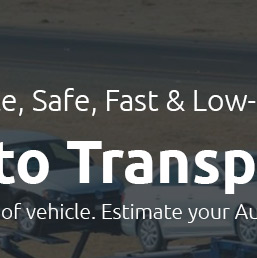 |
|
||||
 |
 |
 |
 |
||
 |
 |
|||||
 |
 |
 |
 |
 |
 |
 |
||
 |
 |
 |
 |
 |
 |
 |
 |
 |
 |
 |
|
 |
Shipping Classic Cars Overseas: A Comprehensive GuideUnderstanding the BasicsShipping classic cars overseas requires careful planning and attention to detail. These vehicles often carry significant monetary and sentimental value, necessitating meticulous handling during transit. Choosing the Right Shipping MethodContainer ShippingContainer shipping is one of the safest ways to transport classic cars. Your vehicle is loaded into a secure container, protecting it from the elements and potential damage. Roll-On/Roll-Off (RoRo) ShippingRoRo is a less expensive method where the car is driven onto the ship. However, it offers less protection compared to container shipping. Preparing Your Classic Car for Shipping
Cost ConsiderationsShipping costs can vary based on factors like distance, shipping method, and the car's size. For a detailed comparison, you can explore the top ten auto transport companies to find the best rates and services. Insurance and Legal RequirementsInsuranceIt's crucial to have adequate insurance coverage for your classic car during shipping. Verify what is included in your shipping contract and consider purchasing additional insurance if needed. Customs and DocumentationEnsure you have all necessary documents, including the title, bill of sale, and export declaration. Customs regulations can vary, so it's wise to consult a professional. FAQ
https://www.wcshipping.com/classic-cars
A door-to-door white glove international shipping service to get you driving your classic car when you want. https://cfrclassic.com/international-car-shipping/classic-car-shipping/
CFR Classic is the global shipping company leader in containerized, enclosed auto transport of classics, with more than 1,500 classic cars and other vehicles ... https://www.schumachercargo.com/car-shipping/secure/
A company dedicated to providing the best international classic car shipping services for vintage, high profile, and collectible automobiles.
|
